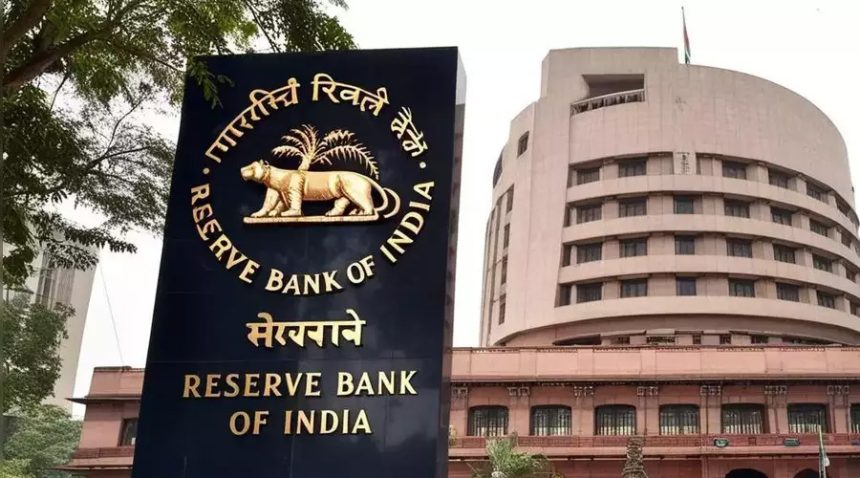RBI’s Treasury Bill Rejection: Implications for Liquidity and Financial Markets
The Reserve Bank of India (RBI) rejected all bids submitted for its Rs 26,000 crore auction of 91-day and 182-day treasury bills. The announcement occurs when the banking system faces restricted access to funds combined with RBI regulatory actions in the foreign exchange market. The central bank sells dollars reducing the existing rupee liquidity flow. Market stakeholders are showing keen interest in RBI’s upcoming decisions.
While the central bank did not accept bids for short-term treasury bills, it accepted Rs 7,000 crore in bids for 364-day treasury bills at a yield of 6.56%. RBI executed another liquidity-boosting operation through open market operations by purchasing bonds totalling Rs 40,000 crore from willing sellers.
Liquidity Deficit Persists Despite RBI’s Efforts
Despite the RBI’s multiple liquidity actions the banking system continues to operate with extensive shortfalls. On Wednesday, the banking system drew Rs 2 lakh crore from the central bank through its borrowing operations, demonstrating the ongoing deficiency. Financial market analysts expect the present cash shortage to persist until the RBI introduces more liquidity support programs. According to expert predictions, the liquidity deficit is projected to reach Rs 1.2 lakh crore at the end of this year unless the central bank adopts additional intervention measures.
The government’s tax collections may have helped maintain a comfortable cash balance, which gave the RBI some flexibility to reject bids in the treasury bill auction. This development marks the end of RBI’s month-long liquidity infusion program, which saw bond purchases totaling Rs 1 lakh crore and an additional Rs 38,800 crore via secondary market transactions. With the end of this package, market participants now focus on the next steps the RBI might take to address the ongoing liquidity challenges.
RBI’s Continued Liquidity Infusion Strategies
The RBI has introduced multiple liquidity stabilization methods throughout recent weeks. To stabilize liquidity, the Reserve Bank of India introduced bond purchases, long-term variable rate repo auctions, and foreign exchange operations that included USD/rupee buy/sell swaps. The RBI organized multiple VRR auctions between March 26 and April 7, with ₹75,000 crore on offer for Friday and an additional auction planned for April 7 as the monetary policy announcement scheduled for April 9.
The rejection of short-term treasury bill bids has created speculation that the RBI might soon implement additional liquidity policies during the upcoming months. RBI plans to sustain bond purchases and VRR auctions as components of its strategy to handle liquidity while maintaining financial market stability. Market participants need the RBI to clarify its strategy for the extended-term liquidity shortage.






